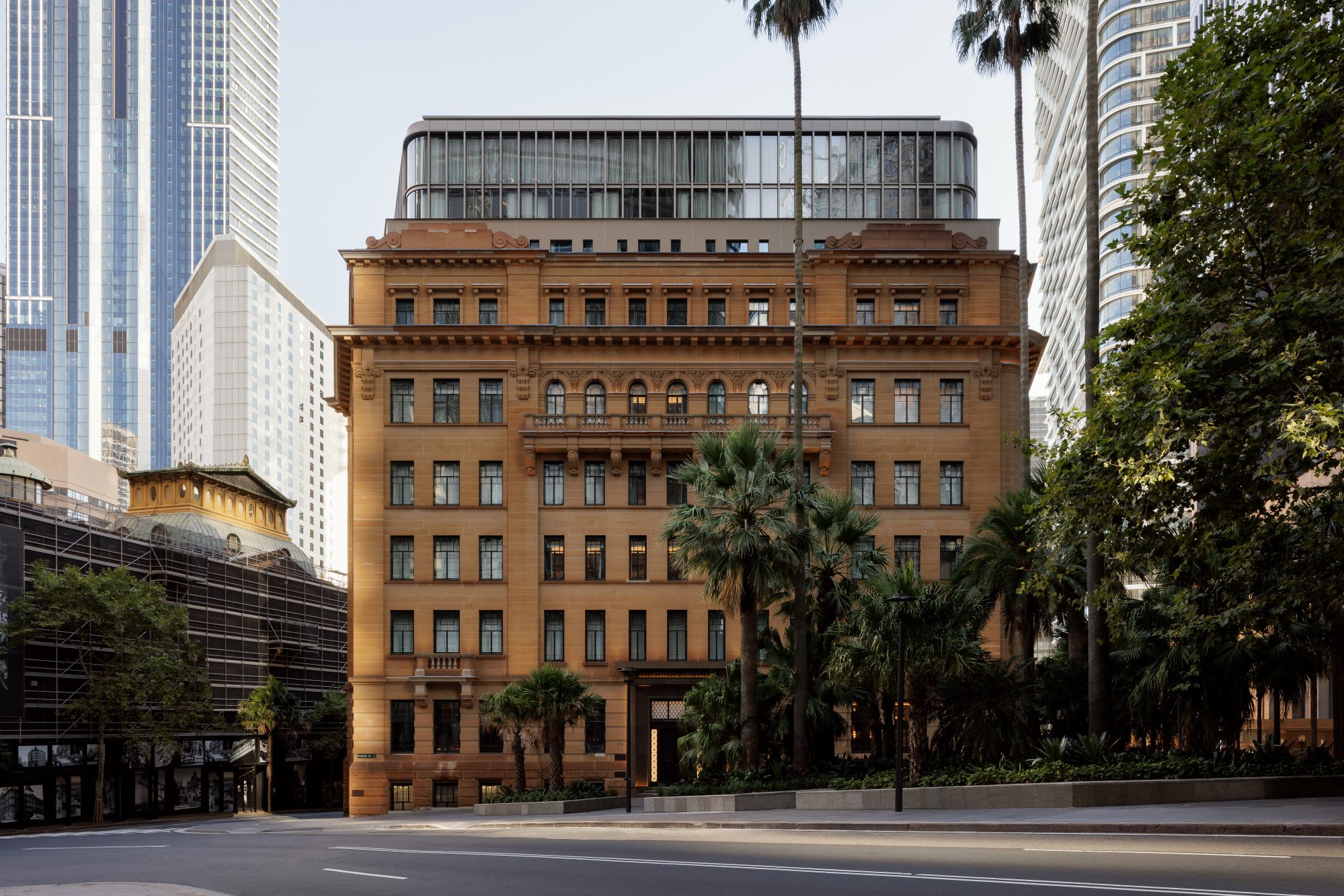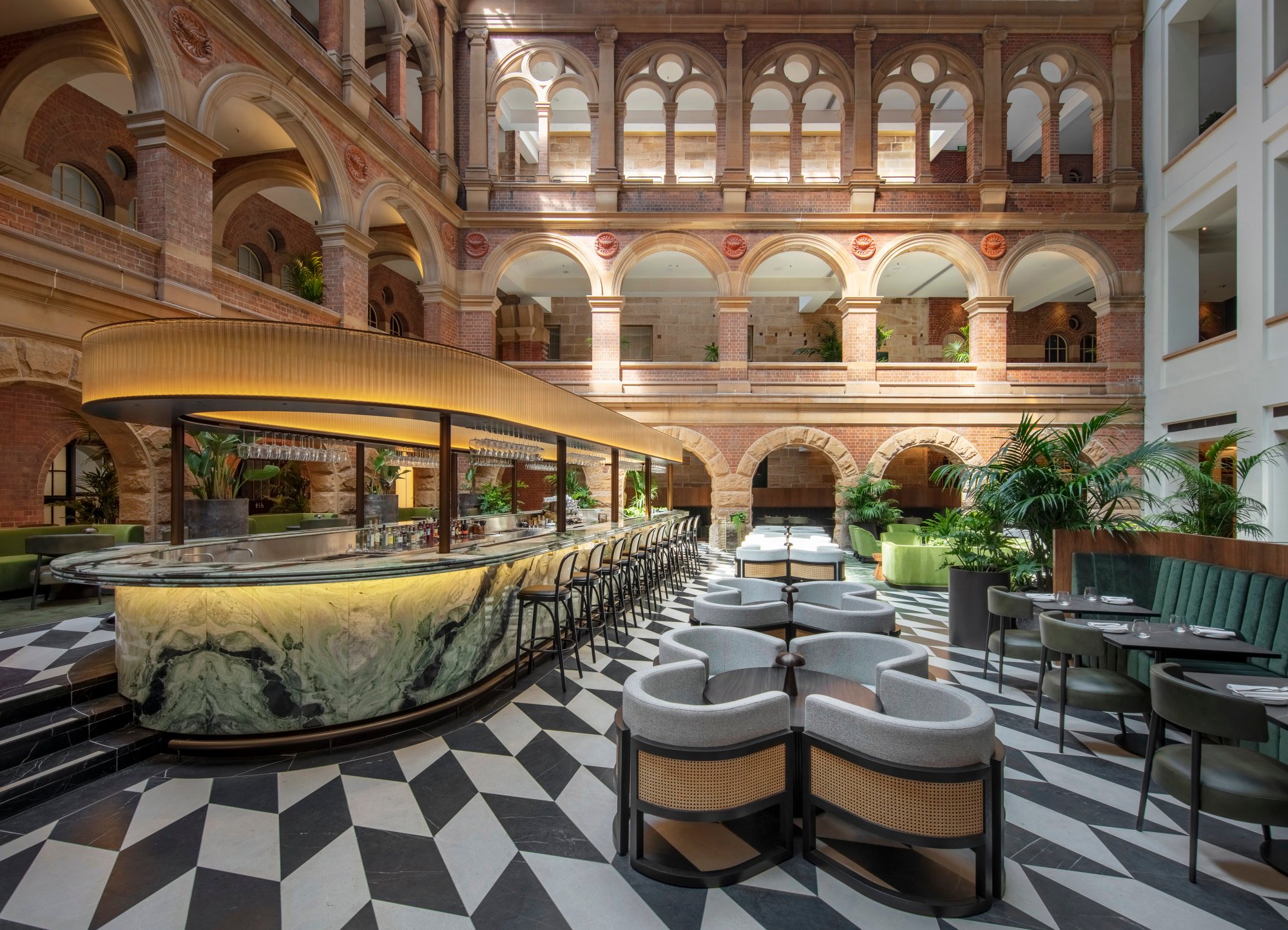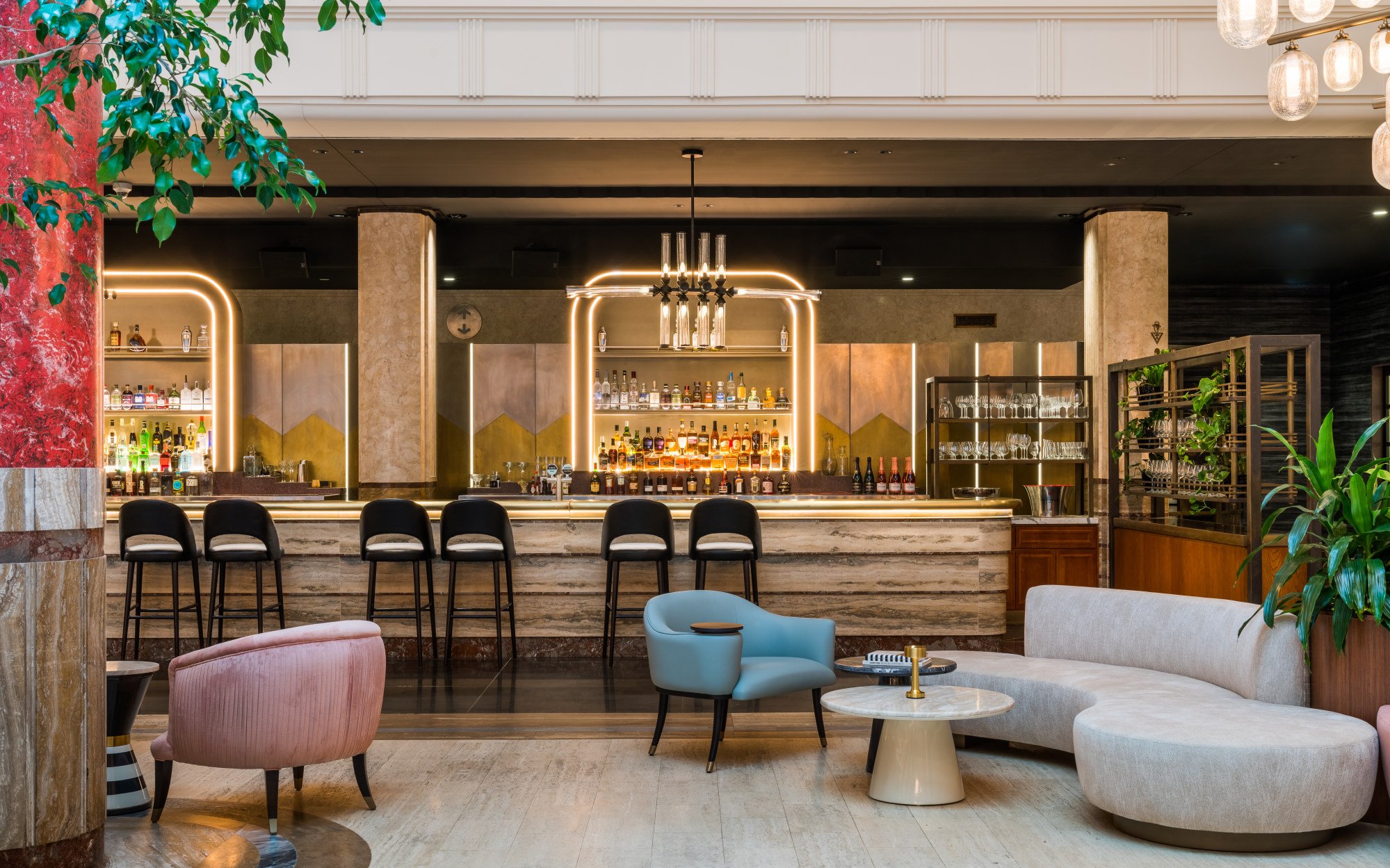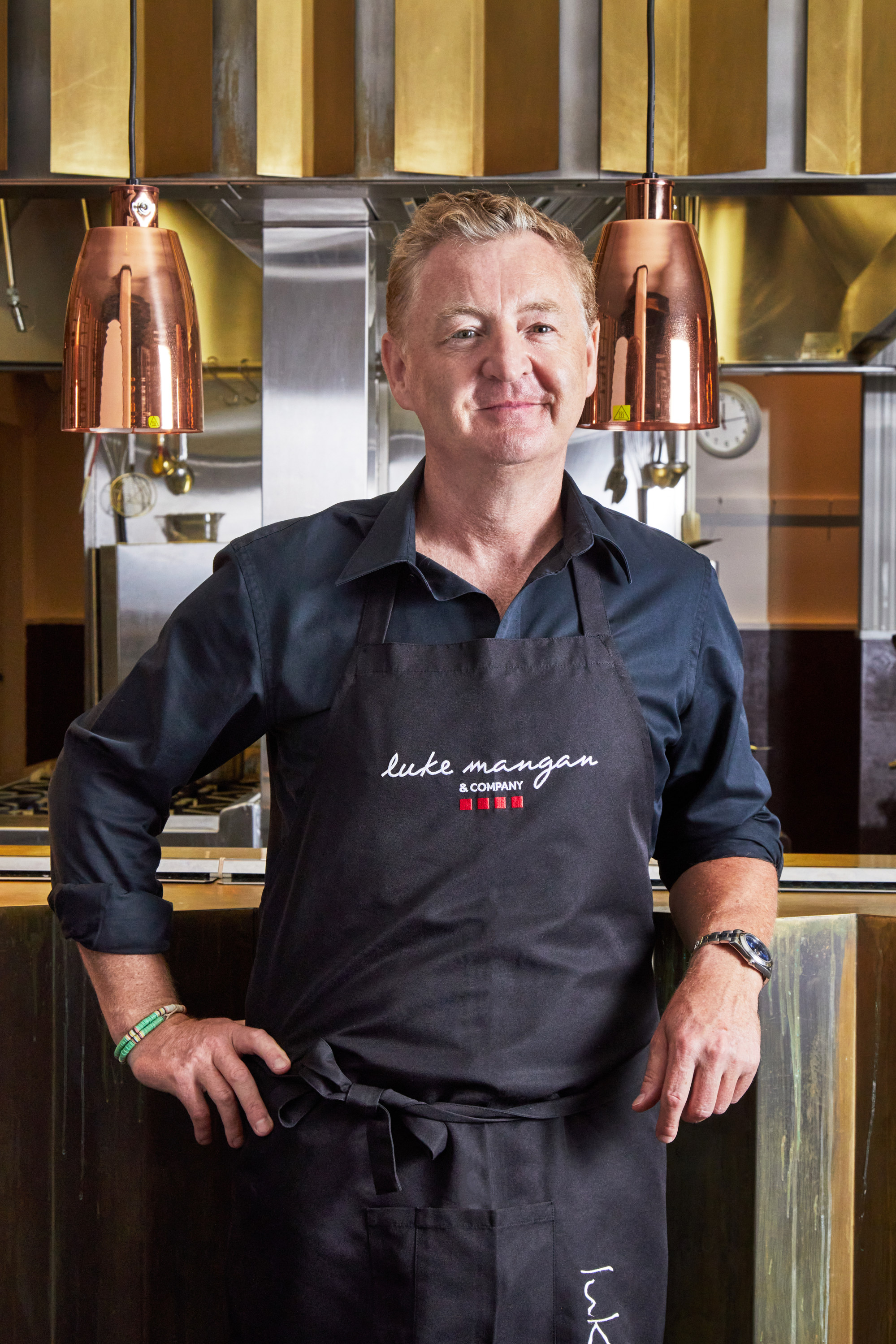
Sydney’s new, old hotels give guests an experience of the city’s past, while pampering them in modern luxury
- Former government buildings in Sydney’s CBD have been turned into heritage hotels, mixing original features with modern fittings and artworks
- Visit the Capella Sydney with its nods to indigenous culture, the InterContinental Hotel, and the Kimpton Margot in the old Sydney Water Board building
Flying into Sydney, the Harbour Bridge and its neighbour, the Opera House, glint in the sunlight. The glitterati are swanning about on yachts. But in the blocks behind the aquatic wonderland, you’ll find there is history, as well as glitz, in this Australian city.
Some of that history is ugly. In 1788, the British seized the lands of the Gadigal people of the Eora Nation and the reconciliation process continues today. Some, though, has an attractive side.
In the 150 years post-invasion, impressive sandstone and granite buildings were constructed by the government, edifices that are now a treasured, if sometimes neglected, part of Australia’s heritage.
Recently, hotel chains have taken a defibrillator to some of these dusty sandstone relics, creating stand-out new old hotels.

Capella Sydney opened on March 15, the first hotel outside Asia for the Singaporean-owned brand. The 192-room hotel occupies two joined Edwardian-Baroque buildings that formerly belonged to the Department of Education, completed in 1915, and the Department of Agriculture, built in 1930.
The Capella’s main entrance is the original marble entryway to the newer building. Here, four brass-framed directory boards now present works by Indigenous Australian artist Judy Watson.
Her work weaves the building’s colonial roots with Australia’s Indigenous legacy; one piece depicts wheat varieties developed right here by the Department of Agriculture superimposed on native kangaroo grass.
Anthony Metcalfe, director of rooms, says that for Capella, recognising the Indigenous cultures of Sydney is important.
At the heart of the property is the former courtyard, now an all-day dining lounge called Aperture.
The pressurised job of predicting when Japan’s cherry blossoms will bloom
In this light-filled atrium, a seven-metre (23ft) high vertical garden is juxtaposed with a wall of reflective gold squares. Suspended from the glass ceiling is an artwork called Meadow, created by Dutch company Studio Drift, a robotic light sculpture depicting flowers that open and close.
“They represent breath coming into the building, the movement of light, and the colours of the flora of Australia,” Metcalfe explains. The music is mystical, with birdsong and an earthy beat, and the overall effect is meditative.
On the sixth floor is the guests-only Auriga Spa. In a feat of heritage makeover par excellence, a 20-metre indoor pool has been incorporated, bathed in natural sunlight by the original lantern roof, a precursor to the skylight.

Sitting proud on top of the old building is a gleaming four-storey extension, set modestly back from the sandstone facade. It’s here that Metcalfe shows me to my Skyline Suite, occupying a vast corner, with floor-to-ceiling glass overlooking the bustling CBD.
Modern art and vintage Sydney photography decorate the lounge and custom Italian Frette linen dresses the bed.
The Living Room lounge is for in-house guests only, and here, chief culturist Jonathon Fambart curates Sydney-centric experiences such as storytelling with Indigenous elder “Aunty” Mary Campbell, a guided heritage walk, even a bespoke yachting experience.
Where the bar is now was a section for the horses
For now, I’m trying the Capella Ritual. Sitting down with Fambart, we’re discussing the concept of eternity, a nod to enduring indigenous cultures and a word made famous in post-war Sydney by graffiti artist Arthur Stace. Some say he was illiterate and only knew how to write that one word.
Eternity as a concept has since been adopted by the city, featuring in the Sydney Olympic Games opening ceremony, in 2000.
As the story unfolds, Fambart’s culturists are mixing some of Sydney’s other passions – coffee and Australian whisky – in elaborate glassware that could have been borrowed from the Department of Agriculture’s chemistry lab. Eventually, I’m sipping a very Sydney cocktail, and toasting the city, heritage, eternity.

Around the corner, an even older icon reopened its doors in October 2022, following a two-year closure and a A$120 million (US$80 million) upgrade.
Situated in the Treasury Building, dating to 1851, the InterContinental Hotel has resided in this premier position, wedged between Circular Quay and the Royal Botanic Gardens, since 1985, when a 32-storey, 509-room tower was added.
Marketing manager Tania Lincoln explains that the latest renovation included everything down to the foundations: “Even the decorative lions were taken off the facade and restored.”

For previous visitors, the biggest changes will be noticed inside. In the lobby, check-in procedures are completed at elegantly curved pods that represent pebbles and are clad with strips of local spotted gum timber.
“The idea was to introduce this fluid motion and openness, getting rid of that traditional check-in barrier between the host and the guest,” Lincoln says.
She gestures to the adjacent restaurant and lounge, now called the Treasury. “That was the original outdoor cortile area,” Lincoln says. “Where the bar is now was a section for the horses.”

The space has lush foliage, green fabric chairs and wood grain table tops. The curve of the art deco-style bar is mirrored in the curved colonnades on the two mezzanine levels overlooking the cortile.
From here, one of the oldest operating lifts in the Southern Hemisphere, dating to 1919, offers visitors a ride up to the mezzanine-level breakfast room, the Conservatory, or to function rooms on the second floor.
The ornamental steel-caged lift originally shuttled up and down a brick tower on the corner of the building. Together with its elliptical marble staircase, it was relocated to the cortile during the 1980s redevelopment.

My room is an Opera House View suite. In both the lounge and bedroom, there’s a window seat, from which I watch ferries buzzing in and out of the postcard scene.
Beside the bed is a switch that opens the curtains, and I vow I’ll wake up in time to flick the switch and watch the dawn light hit the Sydney Harbour Bridge.
It’s not long, though, before that plan is out the picturesque window, when I order a second Higher Ground cocktail, made with tequila and grapefruit.
It turns out the hotel’s new rooftop bar, Aster, is worth at least two drinks. With its wraparound views of the harbour, this has become one of the city’s most popular bars, international tourists sharing the outdoor balcony with Sydney suits.
Down towards Chinatown is the 172-room Kimpton Margot, which opened in February 2022. It’s the first Australian property for the US-based Kimpton chain.

Occupying the old Sydney Water Board building, circa 1938, this is one of the city’s best examples of the functionalist art deco style, the exterior sporting granite, marble, bronze, brass and terracotta.
The entrance hallway is understated, an effect swept aside by the giant lobby, where eight-metre-tall columns clad in hot pink marble-look stucco tower past the mezzanine to a glass-panelled ceiling.
At the back of the lobby, the bar invokes a sense of fun, with an eclectic mix of plush pink and grey velvet sofas, curvaceous bookcases and brass accents.
From the centre of the lobby, guests may descend a set of stairs to inspect the Strong Room, a safe that once held the cash paid to settle water bills.

The hallway to my room retains a quirky 1930s office vibe. But if I felt like a Water Board employee, the impression vanishes as soon as I step into my Margot Suite, one of 20 suites at this hotel.
“Margot”, which also features in the hotel’s name, pays tribute to several female Sydney artists of the art deco period, among them Margaret Preston and Margaret Olley.
Margot, the suite, has geometric-patterned carpet, separate lounge and bedroom zones, and original, bronze-framed, opening windows. Art deco-inspired lamps with brass stems and a free-standing bathtub make the space a triumph.

I ask him why he opened a restaurant inside a heritage hotel.
“When it was the old hotel [the Primus, which opened in 2009 as part of a chain partially owned by the municipal government of Shanghai], I’d actually been in and had a drink in the bar,” Mangan says. “I said to my mate, ‘How good would it be to have a restaurant and bar in here?’ Then when they approached me in the middle of Covid, it just made sense.”
In fact, it all makes sense. These grand government buildings are priceless but preserving them requires deep pockets, and five-star hotel chains make for perfect stewards.

